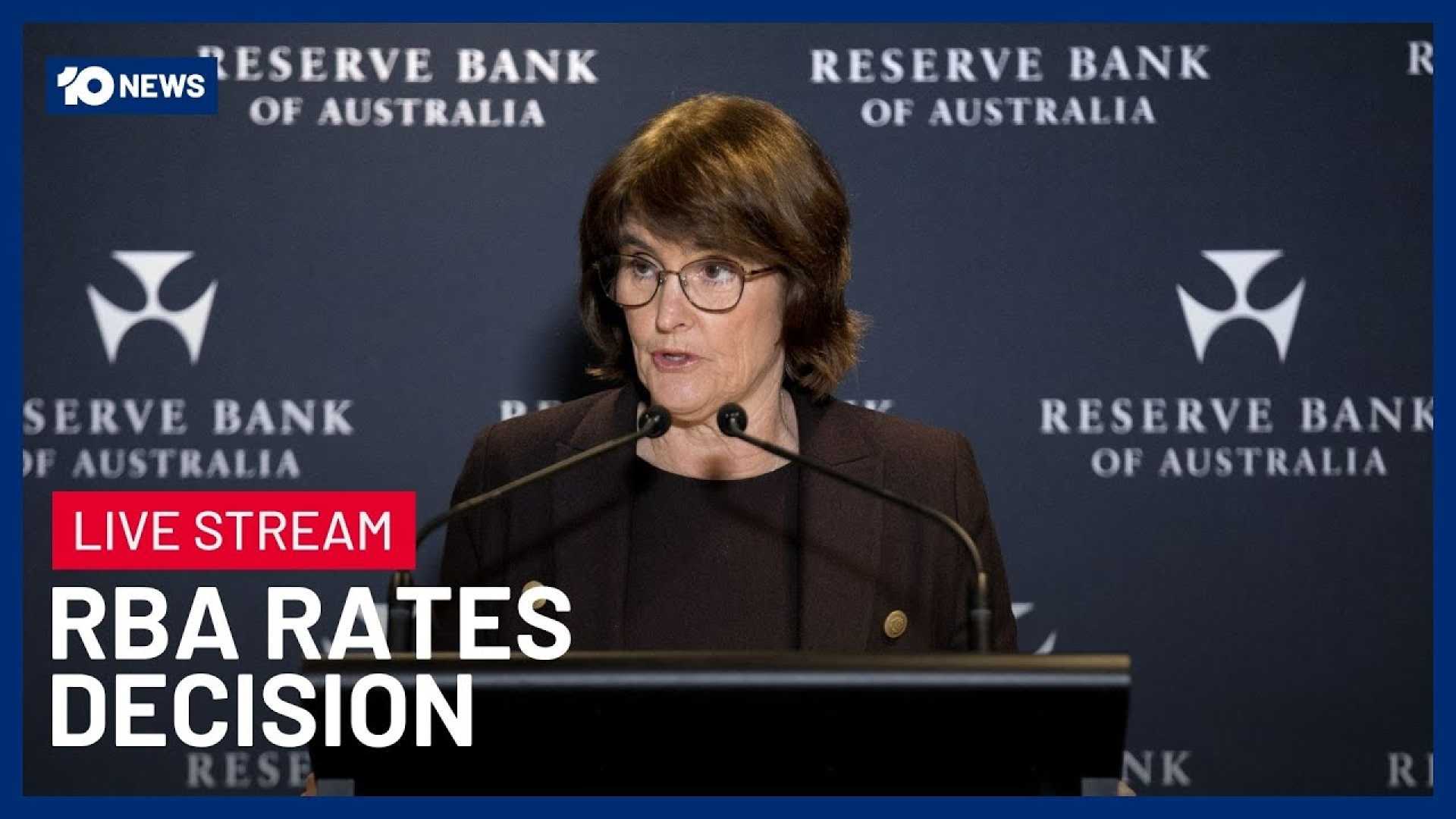Business
Australia’s Reserve Bank Cuts Interest Rates to Aid Borrowers

SYDNEY, Australia – The Reserve Bank of Australia (RBA) has cut the cash rate by a quarter percentage point to 3.6%, providing relief to borrowers. This decision was widely anticipated and aims to ease the financial burden on Australian households facing rising costs.
The cut comes amid an ongoing economic landscape shaped by high inflation, now expected to fall within the RBA’s target range of 2% to 3%. RBA Governor Michele Bullock emphasized that the bank’s strategy balances lowering inflation while avoiding significant unemployment. She noted, “We want to maintain low and stable inflation and ensure the jobs market remains healthy.”
Following the announcement, several major banks confirmed they would pass on the rate cut to customers. Westpac will adjust its variable home loan rates on August 26, while Commonwealth Bank and Macquarie will implement changes on August 22 and August 15, respectively. Homeowners with a $500,000 mortgage could expect a monthly payment drop of about $74.
The rate reduction is seen as a response to easing inflationary pressures, but some critics argue that it may come too late for many Australians struggling to keep up with living expenses. Shadow Treasurer Ted O'Brien claimed the RBA’s decision reflects a lack of confidence in the government’s economic management.
O’Brien stated, “Australians are feeling poorer for a reason. Living standards will continue to be a problem as the cost of everything goes up.” He emphasized that while the cut offers some relief, it does not address the underlying issues of productivity that have troubled the economy.
On a broader scale, the government is preparing for discussions around productivity and economic reforms. Treasurer Jim Chalmers noted that the cuts could incentivize discussions on road-user charging rules to address the declining revenue from fuel excise as more drivers switch to electric vehicles.
Chalmers highlighted the ongoing work to improve the economy’s overall efficiency, stating, “Productivity remains our primary focus, and today’s decision on interest rates is a step in the right direction.”
The RBA’s move marks a significant moment in Australia’s economic landscape, demonstrating the interconnectedness of monetary policy and everyday financial impacts on citizens. The cuts also suggest that future adjustments may be possible as the country navigates an unpredictable global outlook.












